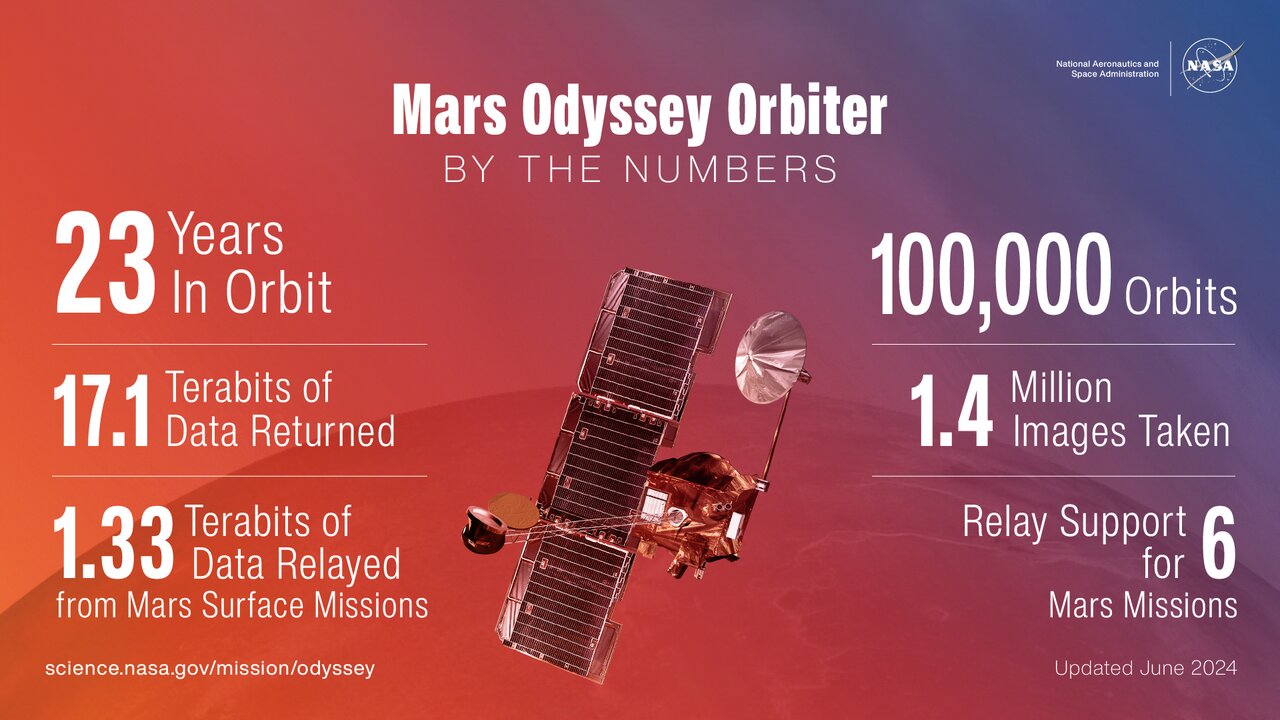Illustration of an asteroid racing towards Earth, created on July 19, 2015. (Illustration by Tobias … [+]
An asteroid large enough it could do some damage if it were to impact Earth will make a rare pass by us this week that will bring it closer than the moon. Fortunately, it will sail harmlessly right on by our planet.
In the process, though, it will become bright enough to see with binoculars, another rarity for a near-Earth object and one of the brightest such events in recent years. Most asteroids passing closer than the moon are so small they can only be seen by advanced telescopes or sky surveys and would burn up completely in the atmosphere were they to impact Earth (as some occasionally do).
The space rock has been labeled as asteroid 2024 MK by the International Astronomical Union’s Minor Planet Center. It measures between 130 and 280 meters (427 and 919 feet) in diameter, according to the European Space Agency (ESA), and was discovered on June 16 before being officially announced on June 19.
Its closest approach is set to happen on June 29, when it will pass within 184,000 miles. For comparison, the moon is an average of about 239,000 miles distant from our planet.
The ESA says 2024 MK will reach a peak brightness of magnitude 8.5, which is comparable to the Large Magellanic Cloud for experienced skywatchers. Using an amateur telescope, the asteroid should be visible from the southern hemisphere as it approaches Earth and will be easier to see from the northern half of the planet after its closest approach on Saturday after it begins to head away from us.
Astronomers assure us there is no chance of impact, but on the cosmic scale this is actually a pretty close shave for an object of this size. Consider that the bolide that exploded over Russia in 2013, blowing out thousands of windows, was less than one-tenth the size of 2024 MK. This asteroid’s dimensions put it in what is colloquially (and somewhat creepily) referred to as the “city-killer” category. In other words, this hunk of cosmic detritus colliding with a metropolitan area wouldn’t be pretty.
But once again, there is nothing to actually worry about in this case. If you want to try and spot the asteroid yourself using a backyard telescope or pair of binoculars, you can use a tracking tool like The Sky Live, which puts 2024 MK’s current position in the constellation Centaurus. If you’re unable to try and spot it yourself or don’t have the gear, the Virtual Telescope Project will be conducting an online watch party you can join as it approaches.

Dr. Sarah Adams is a scientist and science communicator who makes complex topics accessible to all. Her articles explore breakthroughs in various scientific disciplines, from space exploration to cutting-edge research.








